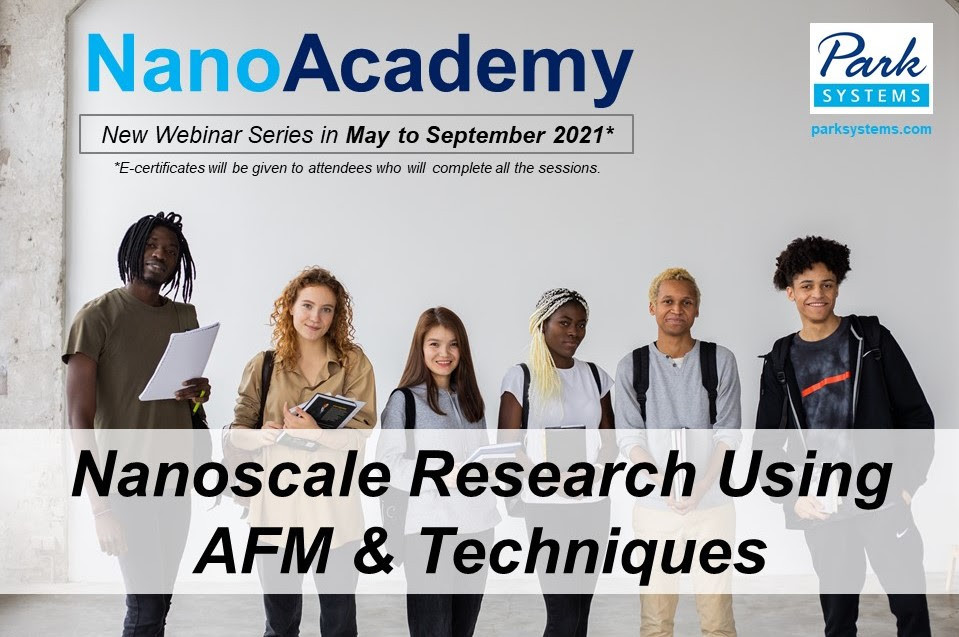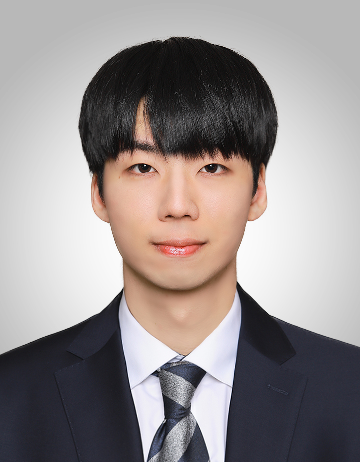
Nanoscale Research Using AFM & Techniques:
Principles of AFM imaging modes
Tuesday, 25 May , 2021
- 10:30 AM
(ARAB)
Riyadh - 1:00 PM
(IST)
New Delhi - 3:30 PM
(SST)
Singapore - 5:30 PM
(AEDT)
Sydney
2021 SE Asia Webinar Series Schedule:
| Date | Topic |
|---|---|
| May 25 | Principles of AFM imaging modes |
| Jun 15 | Imaging modes of AFM from the application point of view |
| Jul 6 | Investigation of nanomechanical properties using AFM |
| Aug 10 | Crosstalk-free ferroelectric domain characterization via dual frequency resonance tracking PFM |
| Sep 7 | Scanning capacitance microscopy; advanced analysis for nanoscale semiconductor surface |
Atomic Force Microscopy (AFM) is a powerful tool for studying surface morphology of materials at the nano scale. In addition, various advanced properties such as frictional, mechanical, and electrical can be also obtained using the AFM. In this study, we discuss about principles of basic AFM modes such as contact, non-contact, and tapping mode. Starting from the fundamental theories of atomic interactions which typically used for AFM measurements, to main hardware components of the AFM. In addition, crucial points (e.g., set point, feedback) of each mode are mentioned and discussed.
In contact mode, the tip physically contacts the sample with a given force set point. This set point is maintained constant during scanning. The principle is relatively simple among three modes. However, damages to tip and sample are readily occur due to contact sliding. In contrast, non-contact mode allows topography measurement without contacting the surface. Therefore, tip and sample can be preserved. Tapping mode (i.e., intermittent contact mode) shares similar principle with non-contact mode. Nonetheless, the tip taps the surface during scanning to measure additional information on material properties distribution (e.g., modulus distribution).
The target of this session is to help understand the interactions between tip and sample based on fundamental knowledge on principles of AFM. After all, some images which measured with above three modes are represented.

Presented By :
Chris Jung, Applications Scientist, Park Systems Korea
Chris Jung, is an Application Scientist for Park Systems Korea - Research Application Technology Center (RATC) department. He received his Master’s degree in Physics from the Kyung Hee University, and his Bachelor’s degree in Physics from Dankook University in South Korea. His major project includes Evaluation of Kelvin Probe Force Microscopy (KPFM) at the perspective of resolution.




